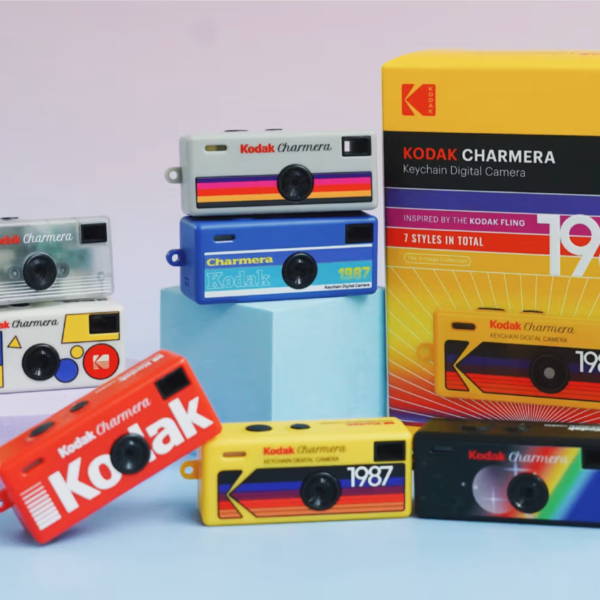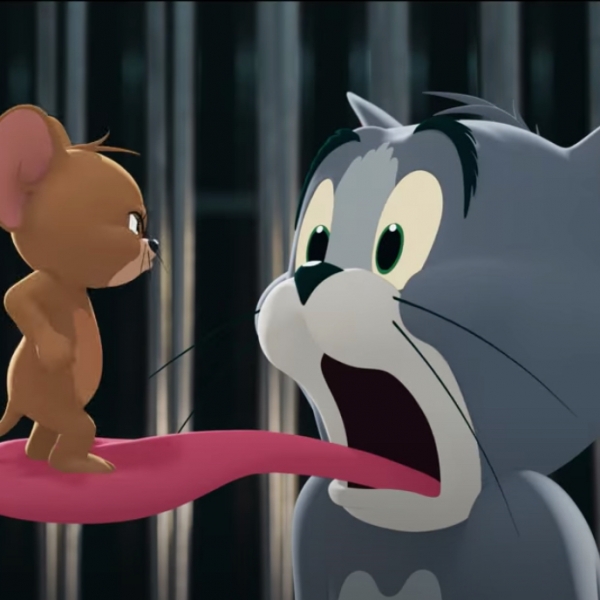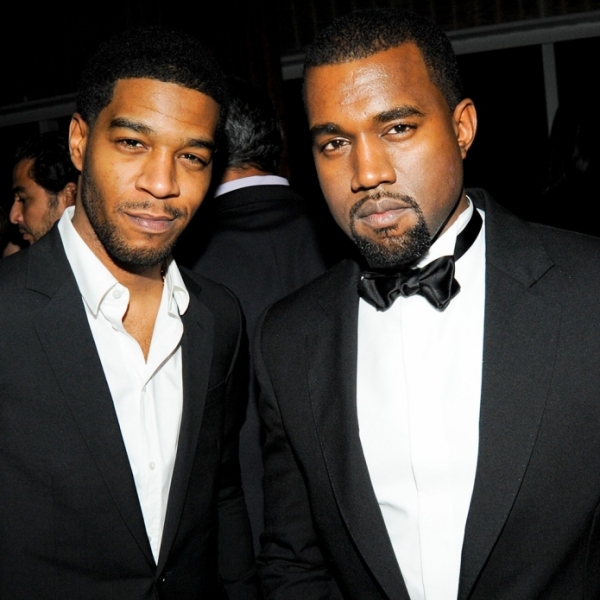Gaming Making ‘indie’ video games gets trickier as industry evolves

Making ‘indie’ video games gets trickier as industry evolves
Video game developer Ben Esposito’s first big break was a quirky game called Donut County, starring a raccoon who dropped small objects and entire neighbourhoods into an ever-growing hole in the ground.
His latest, Neon White, is a campy twist on the first-person shooter genre that involves careening across heaven at breakneck speeds to stop a demon invasion. Drawn in an anime style and with a romantic subplot, it’s nominated for “Best Indie” and “Best Action” game at Thursday’s Game Awards, an Oscars-like event for the video game industry.
Every year, some tiny and independent video game development studios like Esposito’s Angel Matrix hold their own with the big leagues by making hit games that achieve commercial success or at least critical acclaim. Even one of the world’s most popular games, Minecraft, was started by an independent game developer in Sweden who later sold his studio to Microsoft for $2.5 billion.
“I have really odd taste,” said Esposito, 33. “When I’m picking stuff, it’s about trying to come up with that rare intersection of something that is offbeat and interesting to me, but if presented the right way, it could be financially successful.”
How long these “indie” studios can flourish is up for debate as the gaming industry undergoes increasing consolidation – symbolized by Xbox-maker Microsoft’s pending $69 billion takeover of giant game publisher Activision Blizzard that awaits approval from U.S. and European regulators.
Esposito, the game’s co-creator and director, and his wife, co-creator Geneva Hodgson, worked out of their home near Los Angeles to lead the development of Neon White over the past three years. About five people worked full-time on the game at the height of production. Add friends, contractors and freelancers, and it was still fewer than 20 people who touched the product, Esposito said.
And while there’s no one formula for transforming an offbeat idea into a blockbuster hit found on computers, phones or a family’s PlayStation, Xbox or Nintendo Switch, plenty of indie studios have managed to build an audience for their games.
Thursday’s Game Awards event in Los Angeles is showcasing several. Those include the French-made summer hit Stray, about a cute cat navigating the alleyways of a post-apocalyptic city; another game about a cult led by a possessed lamb; and the retro-looking Vampire Survivors that pits its hero against a constant stream of monsters.
But as the industry keeps consolidating, some developers, including Esposito worry that a golden age for high-quality indie games could be threatened as a smaller group of distributors makes choices about what gets funded.
“When it comes to bigger budgets, it’s a challenge because the industry feels like it’s contracting a bit,” he said. “Studios get bought up. Talent gets concentrated into certain areas, and then budgets change.”
Games that Esposito describes as having middle-tier budgets in the $2 million range — neither cheap to make nor as expensive as the significant studio franchises — could get sidelined.
“I think we’re seeing that kind of mid-budget game start to disappear,” he said. “I think that’s really sad because that’s the kind of budget that I think can produce exciting, odd, risky but well-realized projects, and I think Neon White’s one of those.”
As a sign of its upstart success, Stray is competing against big-budget blockbusters like Bandai Namco’s Elden Ring and Sony’s God of War Ragnarök for Thursday’s prestigious “Game of the Year” award.
Games analyst Steve Bailey at London-based market research firm Omdia said it’s hard to define what classifies a game as indie.
It used to mean “you have a small team, they do everything themselves and they release it without a publisher and they do not care about success. That was part of the original kind of indie spirit.” Now it sometimes describes anything that doesn’t come from big studios making the highest-profile games.
“So it could even be somebody who has a publisher, some quite large studios actually, and budgets that might run into tens of millions of dollars that still get classed as indie,” Bailey said.
Both Stray and Neon White benefited from the support of arthouse publisher Annapurna Interactive, the games division of the film studio behind movies like “Her” and “American Hustle.” In the case of Neon White, that allowed Esposito’s team to enhance the game by hiring professional voice actors.
“It’s always a very risky endeavor to make an independent video game,” said Stray producer Swann Martin-Raget. The tools to make games are becoming more accessible, and so many studios are making them that it can be “really hard to get people’s attention,” he said.
Stray captured plenty of people’s attention this summer with its cinematic visuals of a realistic-looking tabby cat scampering around a city menaced by robots and other hazards. Its maker was BlueTwelve Studio, a small team of developers in the southern French city of Montpellier, some of whom previously worked at the nearby office of big game maker Ubisoft.
What to read next







